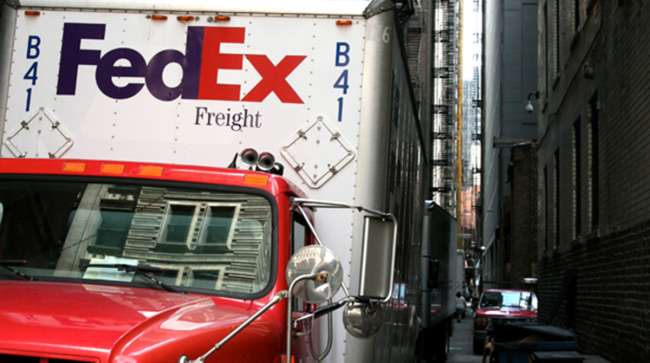ATA Forecasts 2.8% Freight Growth for 2017, 3.4% Rise Through 2023

American Trucking Associations predicts that freight volumes across all modes will grow by 2.8% this year and then 3.4% per year on average through 2023, according to the organization’s just-released Freight Transportation Forecast, 2017-2028.
For this year, ATA estimates that 15.18 billion tons of U.S. freight will be moved in all modes, and that will rise to 20.73 billion tons in 2028.
“As the U.S. population grows and the economy increases with it, we will see continued gains in demand for freight transportation,” ATA Chief Economist Bob Costello said in a July 19 statement on the report’s release.
ATA commissioned consulting firm IHS Global Insight to do the study.
It forecasts U.S. gross domestic product will grow by 2.3% this year and by 2.6% in 2018. At the same time, the electronic logging mandate that will take effect in December is likely to drive some truckers off the road despite the increase in total output.
“Over the forecast period, capacity shortfalls will develop,” the report said. “We are starting to see some selected tightness in freight handling capacity, enough to suggest that capacity expansion will be required if the modes are going to be able to handle anticipated growth.”
The forecast calls for GDP to decline to a 2.2% annual pace from 2019 to 2013 and decelerate to 1.9% growth, on average, between 2024 and 2028. Consumer spending, business investment, residential investment, government spending and industrial output are expected to grow through 2028, although it will be at a gradually slower pace over time. However, exports are due to rise during the same period, as will housing starts and the consumer and producer price indexes.
Costello said the IHS projections on GDP were not kept low in order to emphasize caution.
“They’re realistic numbers,” he said during a July 19 press conference. “We have a mature economy,” where growth between 1.5% per year and 2.5% is likely. Costello also said there probably will be a recession between now and 2028 and that contraction would reduce the average annual growth rate.
The ATA study estimates trucking will continue to own the dominant share of the freight market but lose some business to other modes. Trucking handled about 70.6% of all tonnage in 2016m, and Forecast predicts the number will be 70.7% this year.
For trucking, “its share of freight tonnage will dip to 67.2% by 2028, with pipelines picking up most of the additional market share, and, to a lesser extent, rail intermodal,” Costello said.
Pipelines will not take loads off of trucks, he said, but reflect growth in the need to transport domestically produced crude oil and natural gas.
Intermodal rail, separate from carload rail, will be second in rate of growth and that mode competes closely with trucks. While Forecast says truckload tonnage will increase by 2.7% annually through 2023, and by 2% until 2028, less-than-truckload will grow at a greater 3.3% clip until 2023, and 2.9% through 2028. Private carrier volume will grow by 2.8% until 2023 and 2.1% through 2028.
The growth of intermodal and LTL work indicates that the trend toward shorter lengths of haul will continue. Average U.S. length of haul for for-hire carriers dropped to 530 miles in 2016, from 800 miles in 2000.
“I don’t know how much lower it can go, but perhaps a little more,” Costello said.
“As we look ahead at the rest of the 21st century, the projections found in Freight Transportation Forecast are invaluable to decision makers in the board room and the hearing room alike,” ATA President Chris Spear said. “Having good, accurate data is critical to making sure businesses are making appropriate investments in their companies and that our government is making the proper investments in our nation’s infrastructure.”




